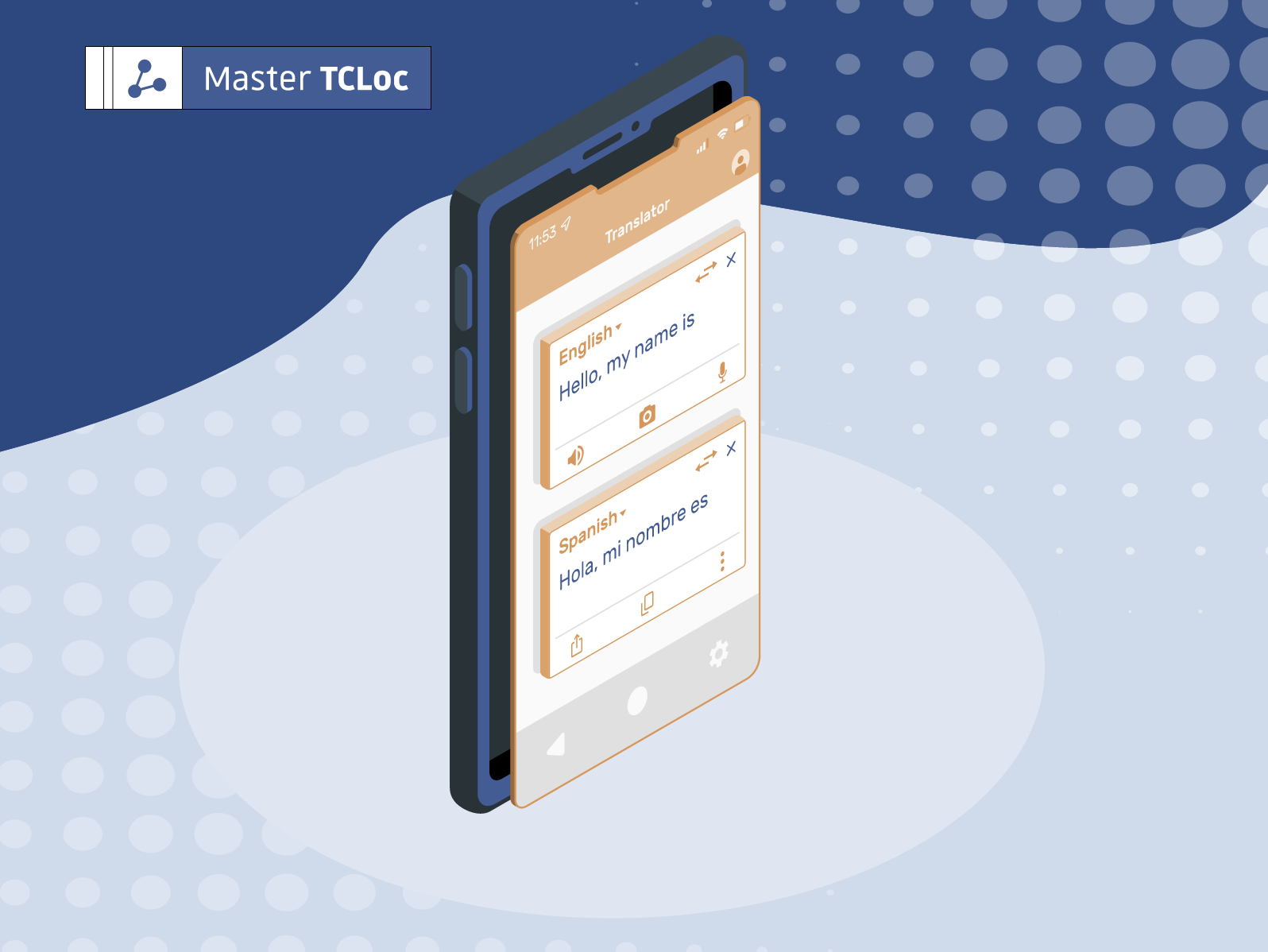Launched in 2009, the TED Translators initiative has grown to become one of the world’s most vibrant volunteer programs and arguably one of the largest volunteer localization initiatives ever.
TED Volunteer Translators
Over time, the program has reached unexpected heights. In 2017, TED statistics indicated 120,000+ subtitles in 116 languages, which represents a massive contribution towards achieving their mission. TED volunteers bring unparalleled exposure to the program and help, via the ripple effect they create, to ‘enable inspiring ideas to crisscross languages and borders’.
Running a volunteer program of this magnitude – a network of some 30,000 volunteers across 157 countries – is no easy feat, but the benefits make it all worthwhile, for organizers and volunteers alike.
On the organization’s side, despite initial reactions such as ‘You can’t just let ANYONE translate a TED talk!’, the mission is well served by the army of volunteers working under the supervision of a network of language coordinators whose role is to improve accessibility, ensure quality, and facilitate collaboration. Together they bring TED content to communities that would otherwise go unserved.
For TED volunteers, the opportunities are endless, and include:
- professional networking and development (such as learning subtitling in Amara, transcription, translation, localization, and reviewing),
- making new friends from across the world
- a sense of belonging to a community (global or national – for instance, the South Korean network counts some 1200+ volunteers from all walks of life, from grade school students to engineers),
- building a portfolio,
- identifying with a worthwhile cause,
- trying out a new career, and
- the satisfaction of making the world just a little bit better!
Translate or transcribe?
As a student in localization or an established localization professional, few projects are worthier of your time. And fewer still will afford you more satisfaction in terms of impact. Put your new skills to the test and apply to subtitle for TED. Requirements for translation include being bilingual (source/target language transcribers need only speak one language), being willing to respect the TED working procedures and style guides, being and skilled at, or willing to learn, subtitling. And if you’re more technically inclined, you can explore further translations of the TED mobile app, currently localized for 24 languages – which allows fans in more than 100 countries to get the full TED experience in their native language.
Are you a localization student with a soft spot for languages? Are you made forcollaboration?
What are you waiting for? Get started! The application process is straightforward, and no formal qualifications are needed, so put your skills to the test! And if TED doesn’t appeal to you – no worries! You can find other volunteer opportunities for translators at: https://translatorswithoutborders.org/, or in your local community!
For more on global translation initiatives, have a look at a TCLoc article by Eléna Viens entitled Localization in Africa: A Way to Develop African Languages.



